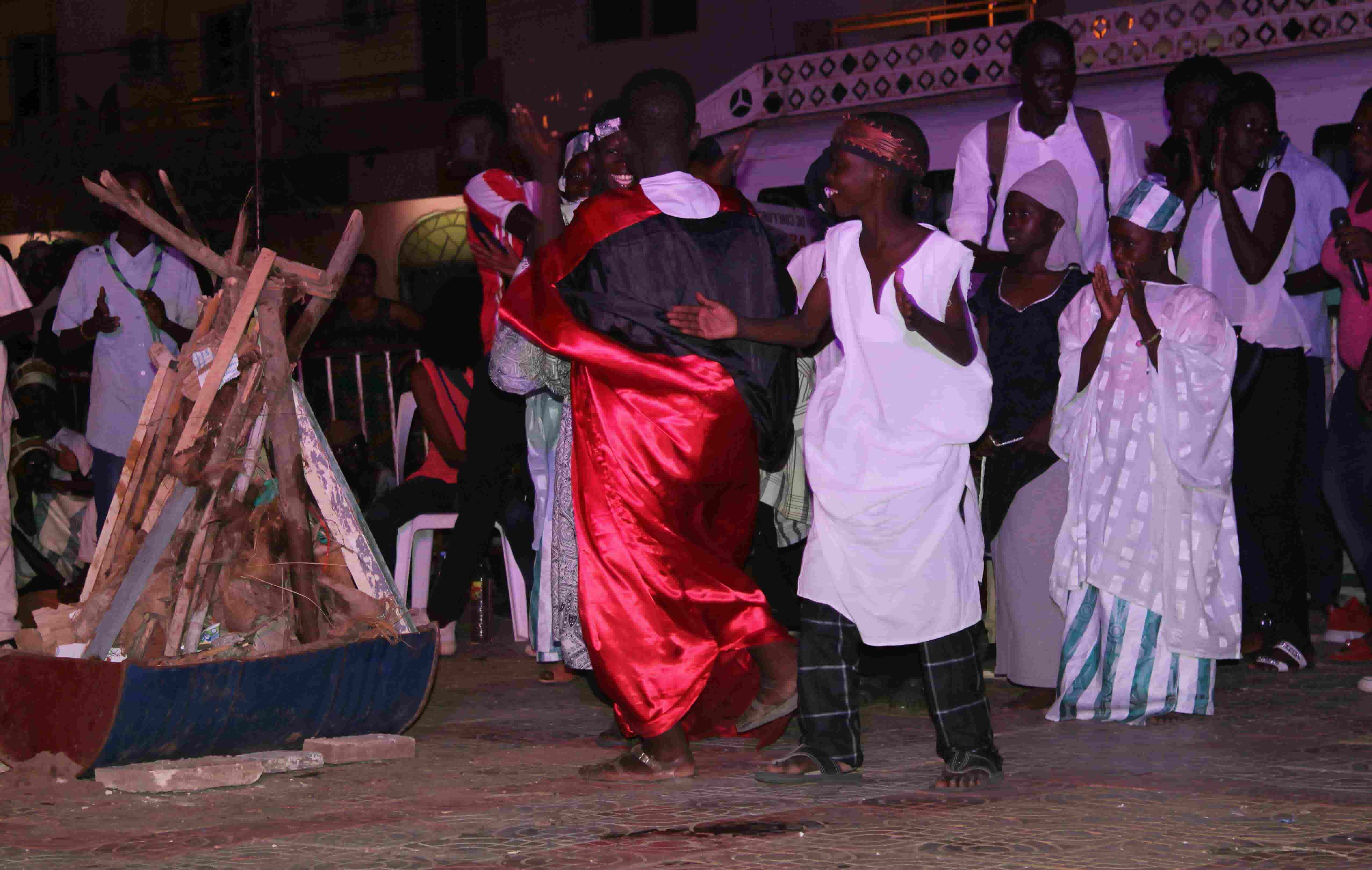
The Serer religion is one of the oldest belief systems in West Africa, practiced primarily by the Serer people of Senegal, Gambia, and Mauritania. This traditional faith is rich in rituals, symbols, and a deep connection to nature. Serer religion emphasizes the importance of ancestors, who are believed to influence the living world. It also features a pantheon of deities, with Roog (or Rog) being the supreme god. The religion's practices include elaborate ceremonies, sacred dances, and the use of talismans for protection. Serer religion is not just a set of beliefs but a way of life that influences social structures, agriculture, and even politics. Understanding these 27 facts will give you a glimpse into the spiritual and cultural fabric of the Serer people.
Origins of Serer Religion
The Serer religion is one of the oldest belief systems in West Africa, deeply rooted in the culture and traditions of the Serer people. Here are some fascinating facts about its origins and early development.
- The Serer religion predates Islam and Christianity in West Africa, making it one of the region's oldest faiths.
- It originated among the Serer people, primarily found in Senegal, The Gambia, and Mauritania.
- The religion is polytheistic, with a pantheon of deities and ancestral spirits.
- Roog (or Rog) is the supreme deity in Serer religion, considered the creator of the universe.
- The Serer people believe that their ancestors descended from the stars, specifically the Sirius star system.
Beliefs and Practices
The Serer religion encompasses a wide range of beliefs and practices that have been passed down through generations. These traditions are integral to the Serer way of life.
- Serer religious practices include rituals, ceremonies, and festivals that honor their deities and ancestors.
- The Serer people believe in the immortality of the soul and the existence of an afterlife.
- Libations and offerings are common practices to appease the spirits and seek their blessings.
- Divination is an essential aspect of Serer religion, often performed by priests known as Saltigues.
- The Serer calendar is lunar-based, with specific days dedicated to different deities and spirits.
Sacred Sites and Symbols
Sacred sites and symbols play a crucial role in the Serer religion, serving as physical manifestations of their spiritual beliefs.
- The Sine-Saloum Delta in Senegal is considered a sacred region, home to many holy sites.
- Burial mounds known as "tumuli" are significant in Serer culture, believed to be the resting places of ancestors.
- The "Pangool" are ancestral spirits that act as intermediaries between the living and the divine.
- Sacred trees, particularly the baobab, are revered and often used in religious ceremonies.
- The Serer people use various symbols, such as the "Ndut" (a spiral), representing the cycle of life and death.
Festivals and Celebrations
Festivals and celebrations are vibrant expressions of Serer religious beliefs, bringing communities together in joyous observance.
- The "Raan" festival is a major Serer celebration, marking the end of the rainy season and the beginning of the harvest.
- During the "Xooy" ceremony, Saltigues perform divinations to predict the future and guide the community.
- The "Tuur" festival honors the ancestors and involves elaborate rituals and dances.
- Initiation ceremonies, such as the "Ndut" rite of passage, are crucial for young Serer boys and girls transitioning into adulthood.
- Music and dance are integral to Serer festivals, with traditional instruments like the "tama" drum playing a central role.
Influence and Modern Day
Despite the spread of Islam and Christianity, the Serer religion has managed to retain its influence and continues to be practiced by many.
- The Serer religion has influenced various aspects of Senegalese culture, including art, music, and literature.
- Many Serer people practice a syncretic blend of their traditional beliefs with Islam or Christianity.
- Efforts are being made to preserve and document Serer religious practices for future generations.
- The Serer religion has a strong oral tradition, with knowledge passed down through storytelling and oral histories.
- Modern Serer communities continue to celebrate their religious festivals and maintain their sacred sites.
Notable Figures and Contributions
Several notable figures have contributed to the preservation and promotion of the Serer religion, ensuring its continued relevance.
- Leopold Sedar Senghor, Senegal's first president, was of Serer descent and incorporated Serer cultural elements into his works.
- Issa Laye Thiaw, a prominent Serer scholar, has written extensively on Serer religion and culture, helping to raise awareness and understanding.
The Final Word on Serer Religion
Serer religion is a rich tapestry of beliefs, rituals, and traditions that have stood the test of time. From their deep reverence for ancestors to their intricate ceremonies, the Serer people have preserved a unique spiritual heritage. Their pantheon of deities, sacred symbols, and the role of salt in rituals highlight a culture deeply connected to nature and the cosmos. Understanding these aspects not only enriches our knowledge of the Serer but also offers a glimpse into the diverse ways humans seek meaning and connection. Whether it's the significance of the pangool or the importance of the Ndut rite of passage, each element of Serer religion tells a story of resilience and faith. So next time you think about world religions, remember the Serer and their enduring spiritual legacy.
Was this page helpful?
Our commitment to delivering trustworthy and engaging content is at the heart of what we do. Each fact on our site is contributed by real users like you, bringing a wealth of diverse insights and information. To ensure the highest standards of accuracy and reliability, our dedicated editors meticulously review each submission. This process guarantees that the facts we share are not only fascinating but also credible. Trust in our commitment to quality and authenticity as you explore and learn with us.
